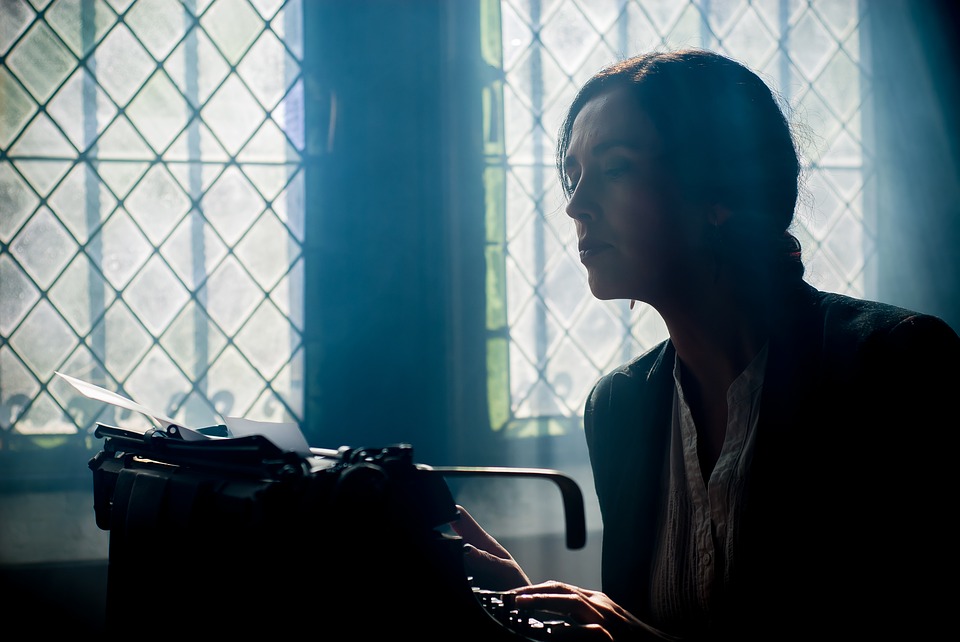Why Use a Reverse Outline?
As the first process of writing, it is essential that you make a script outline to coherently organize your topics and ideas. An outline gives you an overview of your content. It helps you arrange your ideas according to their hierarchy or chronological order before writing your first draft.
An outline usually follows a rigid format: main topics are represented by Roman numerals and sub-topics are represented by Arabic numerals. An outline helps you identify main topics and create sub-topics that support your main topics. You may also see Sentence Outline.
As mentioned before, an outline is used before writing the first draft of your paper, but what about an outline to check after you have written your first draft?

What is a Reverse Outline?
A reverse outline is literally what it is: outlining in reverse. It is the outline you make right after you finish writing your first draft. It helps you evaluate if the thesis outline you have presented is as promising as it sounds in your head. Not like the outlines you make before you start your first draft, a reverse outline is made up of things you have already written. Also see APA Outline Examples in PDF
Reverse outlining is the process by which you strip away the supporting details and what remains are the main topics or main categories. It provides a bullet-point of view of your structure because your main topics are all that is left. With this process, you get to evaluate the strengths and weaknesses of the organization and argument of your first draft. You may also see Training Outline.
It will also help you rearrange your ideas according to what you see fit, help you see gaps in reasoning, identify unnecessary repetition, tell you whether you are staying relevant to the topic at hand, and tell you whether or not you have presented your ideas logically.
A reverse outline can help you determine if your content has met its goal, discover places that need more explanation about your evidence and analysis, and see where you need to reorganize/rearrange in order for the readers to easily understand. You may also see Essay: Purposes, Types and Examples

How to Create a Reverse Outline
1. Start with a complete draft
In order to have a complete picture of the first outline you have carried out, you must start with a complete first draft before starting with your reverse outline. Your first draft will serve as your basis to review the organization of what you have written so far. Starting with an unfinished draft will not help you summarize and revise your paper. A complete draft will ensure you that all your points have been introduced for better critiquing of your work. You may also see Topic Outline Examples.
2. Identify the thesis of your draft
The thesis the main topic or idea of your paper as a whole. The supporting ideas should directly relate to your thesis. The thesis paper is usually located at the end of your introduction. If you can’t find your thesis, you should definitely create one. Your thesis should explain the focus of your paper and explain your main argument.
3. Outline key ideas
Begin by listing the main ideas of each paragraph from your first draft in a blank document. If the topic in a paragraph provides a brief narrative of the paragraph’s main idea, you can paste it into the blank document as a summary of the paragraph. If not, write a one-sentence summary of the paragraphs’ main idea.
Here’s an example:
1 (thesis) : Leonardo DiCaprio deserves more Oscar awards.
2 : He has the best movies such as Titanic, Inception and The Revenant.
3 : He is an advocate of for Climate Change and Climate Justice.
4 : He is very versatile and the best actor of all time.
Keep in mind that your first draft is not supposed to be perfect, yet. If there are paragraphs that contain no main idea or some that contain multiple main ideas, it’s okay. The purpose of your reverse outline is to help you have an easy revision of your paper.

Use a reverse outline to answer the following questions:
1. Does every paragraph relate back to your main idea?
Your reverse outline will help get the big picture of your paper. It should help you evaluate if the topics on your list directly relate to the main idea of your paper.
Quite a few numbers of writers who use a reverse outline find that new ideas or topics appear near the end of the outline examples. This topic shift might mean that you need to revise certain paragraphs to make sure they relate back to your main idea or it might make you revise your main idea to make use of these new ideas.
By having a clear look at the structure of your draft through the reverse outline, you will be able to make productive and practical decisions about what topics to keep and to omit.
2. Where might a reader have trouble following the order of your ideas?
As you read through your first draft, ask yourself if the ideas follow a logical order and if there is a better way to present it your reader. Your reverse outline will help you assess the organization or structure of your draft and help you make decisions in rearranging the paragraphs and ideas to have a smooth transition. You have to remember that your paper should be able to flow smoothly from one idea to another so that your readers will be able to easily understand it.You may also see Business Plan Outline.
3. Do several of your paragraphs repeat one idea?
If your reverse outline reveals that you have two or more paragraphs repeat similar topics, you have to revise and reorganize them. Consider merging them or altering one so it does not discuss a similar topic. Or you can just go through each paragraph, get the main ideas from the other one that you think is unnecessary and delete it altogether to avoid redundancy. You may also see Free Outline Examples.
4. Does one paragraph juggle several topics?
Monster paragraphs or paragraphs that contain multiple topics will make your readers struggle to understand. In order to achieve a more organized flow of thought, divide the topics of the paragraph into two or more paragraphs. Each paragraph should be focused on only one topic. The discussions of the topics should be complete and coherent so that your readers can understand the main idea of each paragraph easily. You may also see Handbook Outline.
5. Are your paragraphs too long? Too short?
You can learn the average length of your paragraphs by comparing the total number of paragraphs to the number of total pages of your draft. In this sense, you will have a better view whether or not your paragraphs discuss the complete thought and are of the right length.

Why Use a Reverse Outline?
1. It can help you ensure all your points are in order
The main purpose of a reverse outline is to help you analyze the relevance of your topics to your main idea. It will help you analyze if the ideas you have discussed are in the right context and order. It will help you determine if the flow of our ideas are logical and will help you figure out which points are not fitting and needs to be taken out. You may also see Documentary Script Outline Example.
2. It helps you edit all the unnecessary portions
Aside from making the revision process easier, it will help with your editing as well. It will help you figure out which sentences or paragraphs can do better with or without some ideas. It can help you identify which points are no longer needed in a paragraph. If your paragraphs are too long and you have already exceeded the word count, you can easily edit it to the right length.
3. It helps you spot common errors
Since you have already tweaked out your draft, it will be easier for you to spot errors in your paper. You will automatically be able to spot major and minor errors such as misspellings, sentence construction, wrong punctuation marks, etc. You may also see Leadership Outline.
4. It helps you find out if your assignment has reached its goals
Since a reverse outline works, by comparison, you will be able to analyze if the interpretation of the topic you plan to present is met. By examining the thesis and the supporting ideas you will be able to determine if your life goal has been achieved.
5. It helps remove writer’s block
By using a reverse outline, you free yourself from the restrictions that a standard outline sets. Sometimes, making an outline before writing the draft limits a writer’s creativity, giving him a writer’s block. The freedom of the reverse outline will help you come up with better ideas you can use to replace in your current draft. You may also see Presentation Outline.
In conclusion. a reverse outline is a very useful tool in revising and editing the first draft of your paper. It will help you analyze the structure of your paper, organize and easily rearrange your topics, spot errors and so much more. Although it is an additional and tedious task, you get to hone your paper into perfection and the results are worth it.


